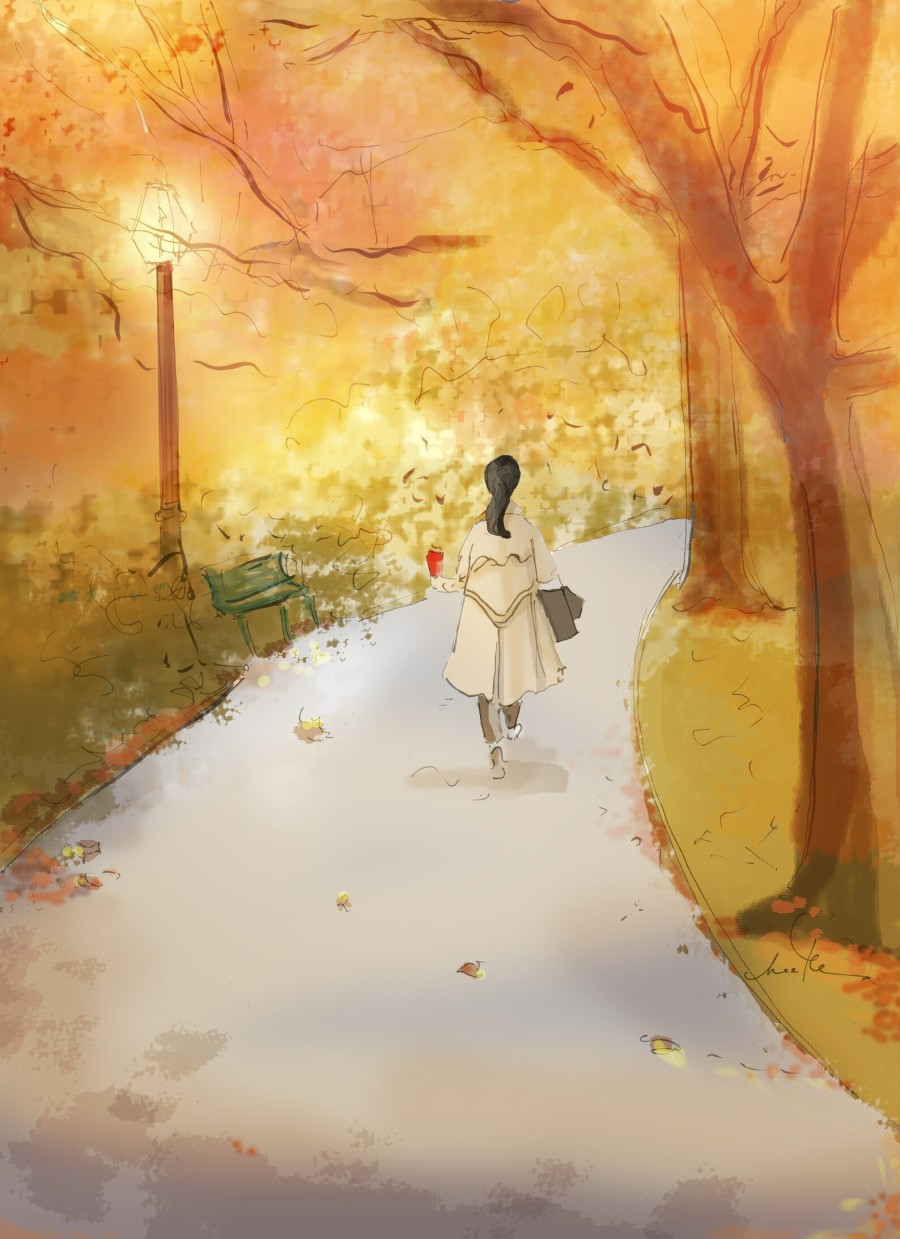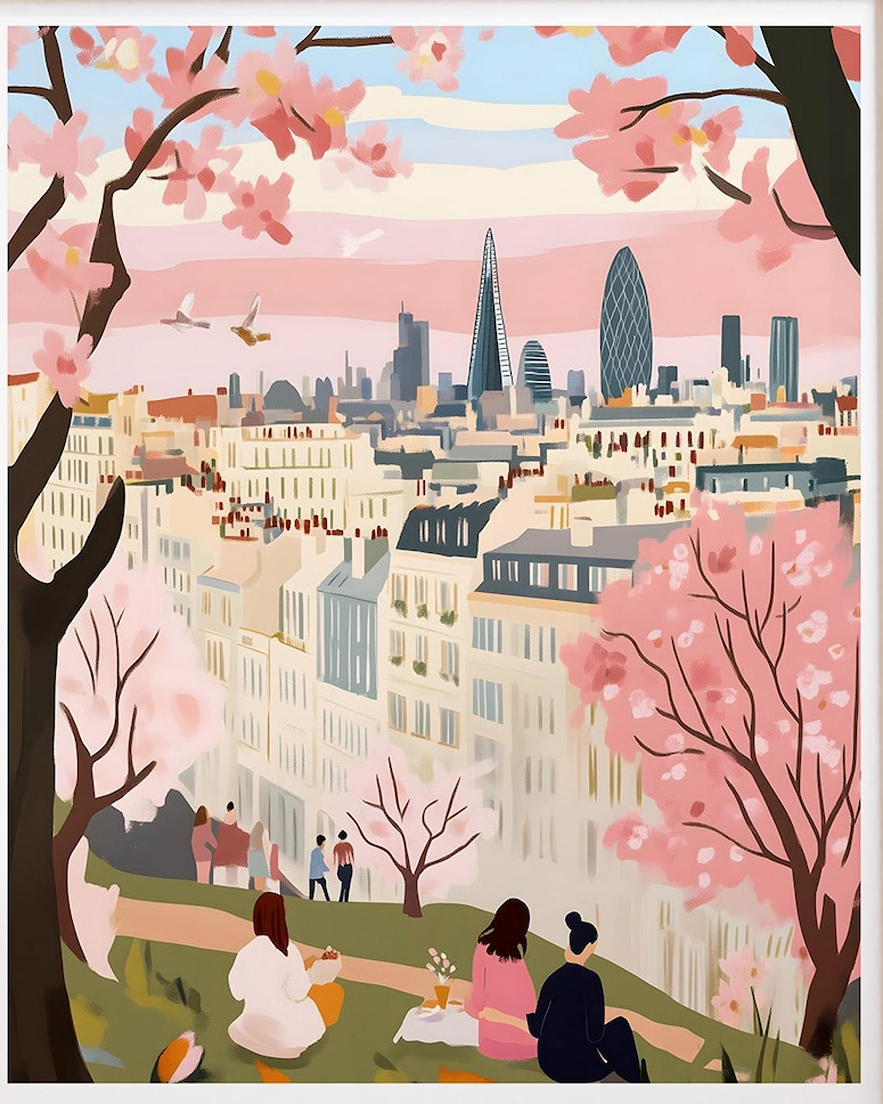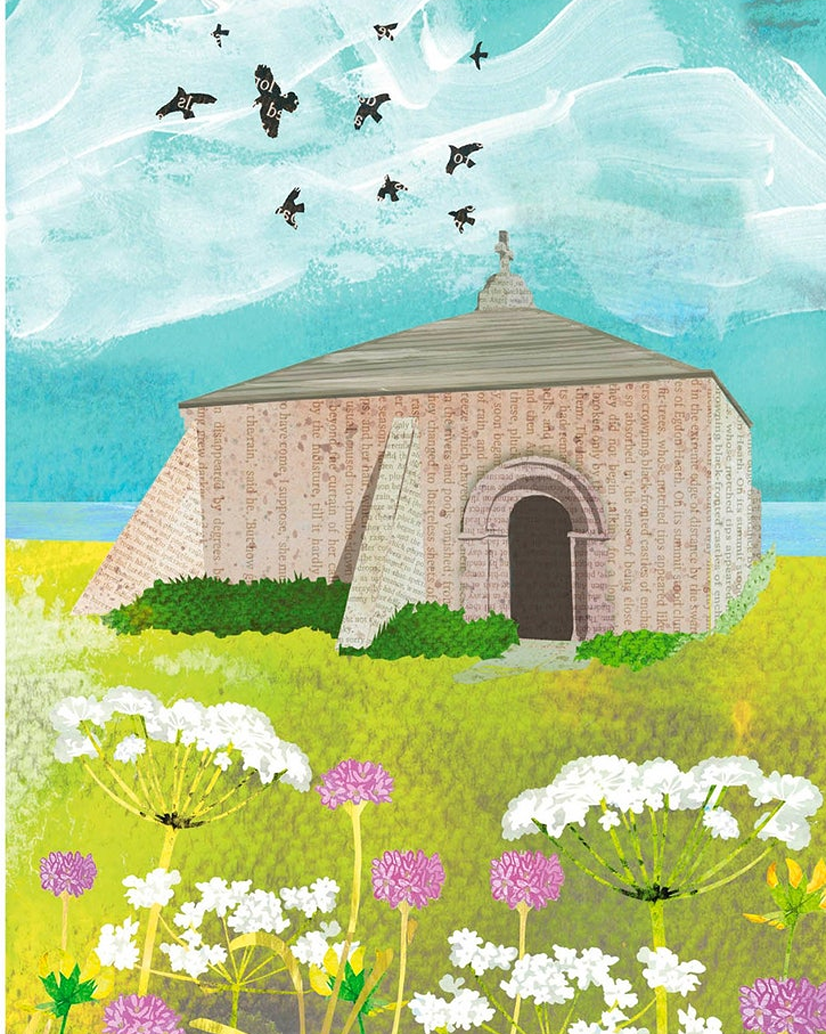Lessons to Learn from England’s Greenest Schools
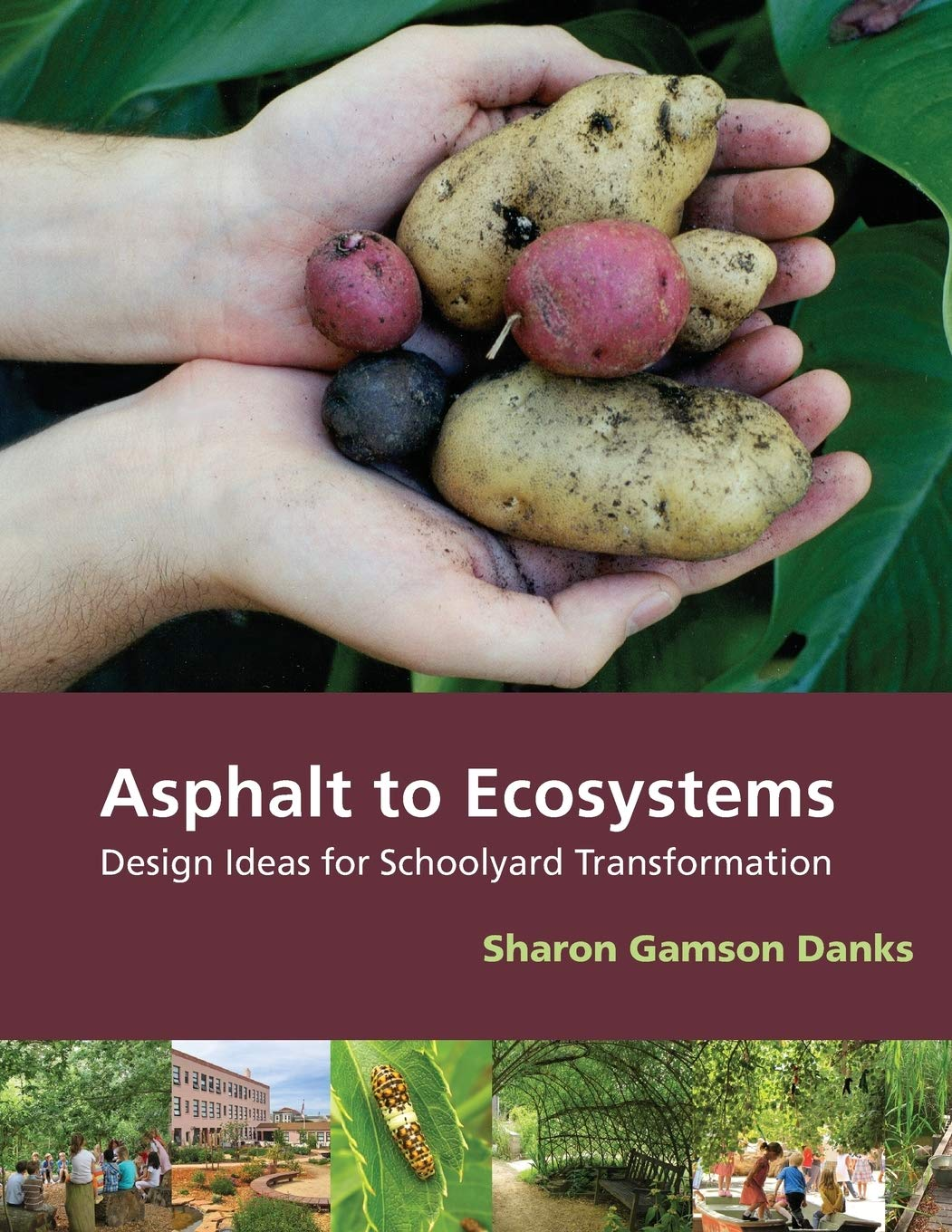
Schools are usually large buildings, so just one inspired headteacher can make a huge difference. For example, most people can’t afford to put a solar panel on their roof (and if they did, it would take years to break even). But a big school can not only get grants, but end up powering their school for nothing, and even funding projects, by selling excess energy back to the grid.
Switching to recycled paper products is good for any of us. But with the amount of notebooks that schools use, this would likely save hundreds of trees each year. Same with using natural house paint on walls and ceilings. And switching to green energy like Ecotricity.
For planting outdoor spaces, read our posts on pet-friendly and wildlife-friendly gardens (also avoid facing indoor plants to outside gardens, to help stop birds flying into windows).
Also read our posts on organic school uniforms (and vegan school shoes) and healthy local seasonal school food.
Biodegradable School Cleaning Supplies
All schools use cleaning supplies in bulk. So switch your school over to biodegradable brands like Bio-D (all their items are available unscented in bulk bottles) or Delphis Eco (which offers more industrial products like drain cleaners and urinal blocks).
Both do far less harm to the planet, and are also safer around children and teachers. Choose unscented where possible, to avoid essential oils near pregnant teachers/parents and allergies/pets/babies.
Also switch to:
- Forest-friendly bathroom tissue
- Forest-friendly facial tissues
- Forest-friendly kitchen towels
- Recycled paper notebooks
Our Lady of Sion Schools (inspiring case study)
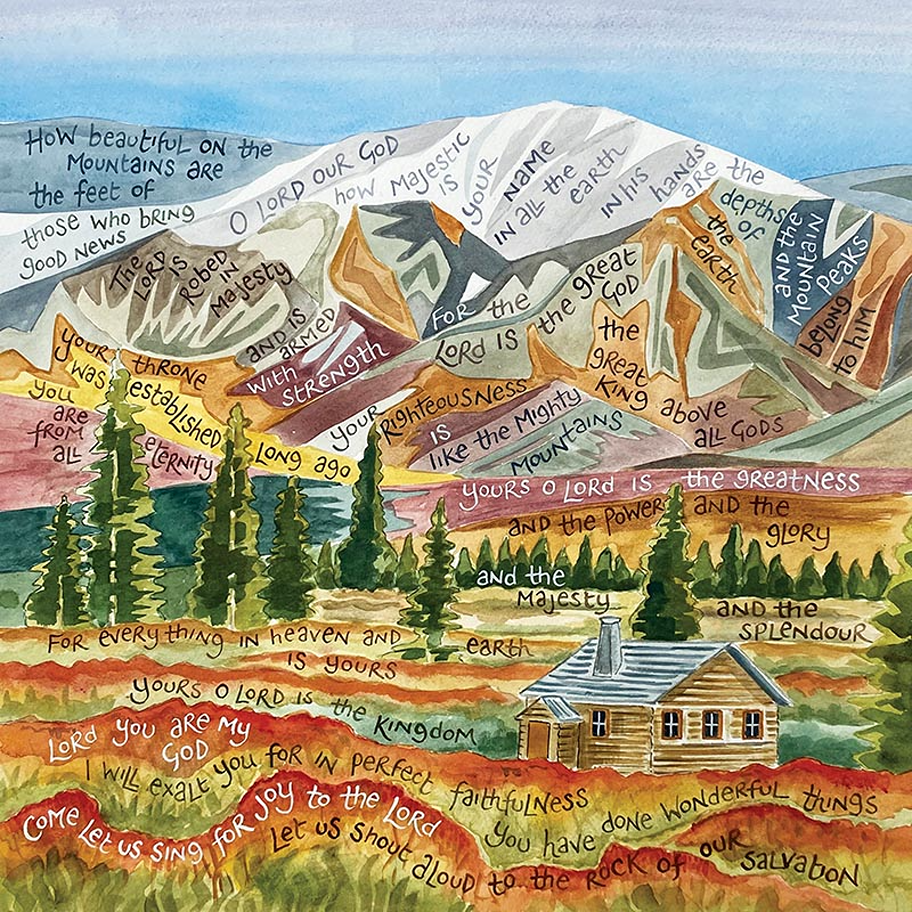
Our Lady of Sion School in Worthing (West Sussex) is one of a worldwide network of schools (they are private, but not as expensive as many and offer concessions) that could inspire state schools, in the way they are run and how they teach. Founded by two extremely wealthy Jewish brothers who later were baptised into a Jesuit Catholic order, the schools accept people of all faiths, and their religious education promotes respect for all beliefs.
The school’s motto is ‘Consideration always’.
The brothers’ history is interesting. One became a Catholic priest and was rejected by his family, including his brother. But as the second brother was visiting Rome just before marriage, he had a vision of the Virgin Mary, and fell on his knees:
In the presence of the Blessed Virgin Mary, although she did not utter a word, I understood the horror of the state of my soul, the hideousness of sin, the beauty of the Catholic religion. In a word, I understood everything.
On his return home, his fiancée rejected his newfound faith, and he also became ordained as a priest. Together they used their wealth to found an education movement based on love and respect for God and each other. They helped to found a ‘Convent of the Sisters of Sion’, and it was these sisters who arrived in Worthing, which led to the founding of the school. Back in the day, there was also an adjacent free school for local orphans and children in poverty.
What makes these schools special is that all focus on serving up nutritious organic food (often from their own gardens). Worthing’s school (the only one presently in England, most of the others are in the USA, Costa Rica, France, Turkey or Australia) is completely plant-based (everything is also free from palm oil and the 14 major allergens).
As well as becoming the first school in the UK to serve fully vegan food (a decision made in consultation with students and parents), it has consistent excellent ratings for education and happiness. Typical meals served include:
- Fillet Fisch Burger with tartare sauce and chips
- Butternut squash and sweet potato tikka masala with rice
- Tofu tacos with Asian slaw
Previous alumni include:
- Nuala Quinn-Barton (the Irish film producer of Goodbye Christopher Robin, the biopic of A A Milne, who wrote the Winnie the Pooh books).
- Actor Noah Huntley (who grew up on a nearby Sussex farm). He embraced the veggie lifestyle as an adult, saying he loves whizzing up a smoothie for breakfast, snacking on hummus and salad, and wished the world had more vegan shoes!
Where are England’s Other Greenest Schools?
Downe House (Berkshire) is working to become one of the most environmentally-friendly schools in England. It has won the top eco school award and has its own eco student committee. It has no plastic bottles, a crisp packet recycling scheme and only uses free-range eggs (and holds Meat Free Mondays for everyone).
Food waste is collected to make into biogas, all lighting is LED, cups are made from bamboo and they plant trees and flowers for bees. Even old uniforms are gifted to help others.
Originally founded in Charles Darwin’s former home in Kent by the 3o-year old ‘Miss Olive Willis’ who had strong ideas on how girls should be educated, today the school focuses on compassion and even helps out at local allotments. Well-known graduates are TV presenter Clare Balding, Kate Middleton (the Princess of Wales) and comedienne Miranda Hart.
Montessori schools are privately-run and teach in a very different way. Classes have children of different ages who choose what to study (overseen by teachers) rather than regimented rows of desks. ‘Play’ is real (so you would help with a broom to clean, not just pretend).
And it’s interesting that children only begin to use computers at a much later age, yet have the same or better academic records when they graduate. It also saves a fortune on energy bills, and stops children going googly-eyed from computer and phone addiction at a very young age.
A Good Book for Greener School Teachers!

Schools are signing up to qualify for Eco Schools Green Flag, which is good financially too. Teachers can also take online courses at the Institute for Humane Education, to teach children on compassion for other species and the natural world.
Green Teaching is a book on helping teaches to embrace ecological choices and to use nature as the location for learning, to help transform how children are taught. The author draws on international research and case studies to offer ways to transform how children are taught about environment and nature.


